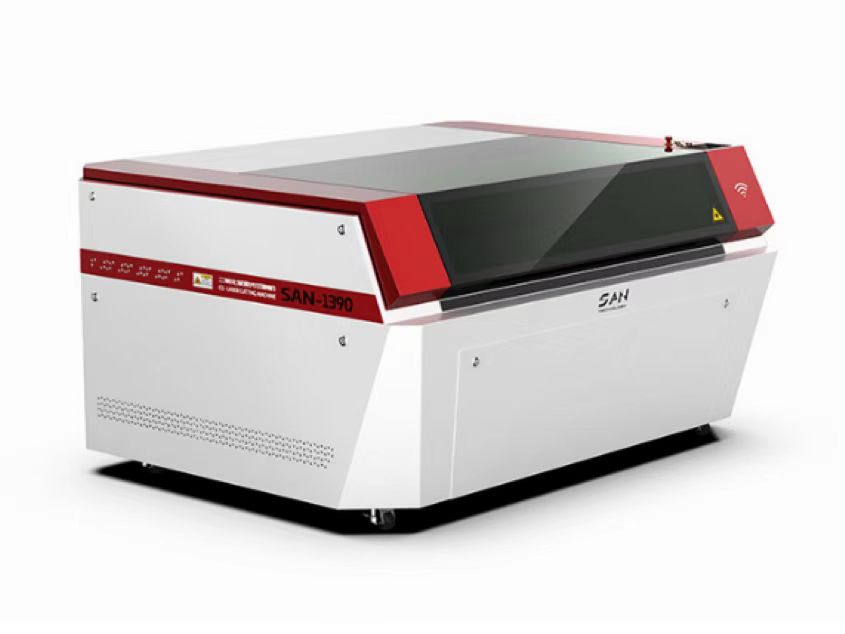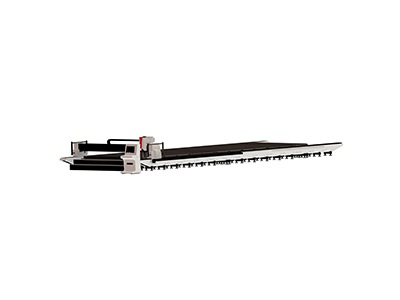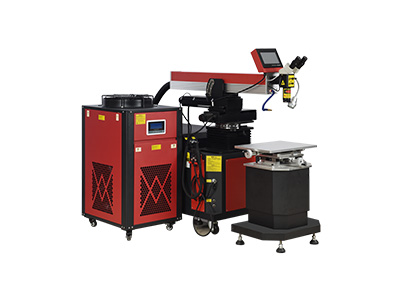- No.609, Centre Of Huijin Nanxiang, Yinxiang Road, Nanxiang Town, Jiading District, Shanghai, China
- sherry@sanmachines.com
- +86-18616767021
How to Determine the Right Laser Cutting Power?
Selecting the correct laser cutting power is essential for achieving precise cuts across different materials. The right power settings can influence the quality of the cut, efficiency, and overall performance of your laser cutting machine. Here’s a guide to help you determine the appropriate laser power settings for your specific needs.

1.Understand the Material: The type and thickness of the material you are working with dictate the laser power needed. Softer materials like acrylic require less power, while metals like stainless steel or carbon steel need higher power settings.
2.Check Manufacturer Recommendations: Refer to the manufacturer’s guidelines for your laser machine. These recommendations are tailored to the specific capabilities and limitations of the laser cutting machine and can serve as a good starting point.
3.Perform Test Cuts: Before starting a project, conduct test cuts on scrap material. This allows you to fine-tune the power settings and assess the cutting speed and cut quality without risking your final workpiece.
4.Consider the Cut Quality: Adjust the laser power to achieve the desired cut quality. Higher power settings can lead to faster cuts but may also increase the risk of heat damage or a wider kerf.
5.Adjust Power Based on Speed: There is a balance between cutting speed and laser power. If you increase the speed, you may need to also increase the power to maintain the same cut quality.
6.Factor in Assist Gas: The use of assist gases, such as oxygen or nitrogen, can influence the cutting process. These gases help clear molten material from the cut, allowing for cleaner edges and may reduce the power required for certain materials.
7.Monitor Kerf Width: The kerf is the width of the material removed during cutting. Monitoring this can help in adjusting power settings to ensure precision, especially in intricate designs.
8.Maintain Consistent Focus: Ensure the laser beam is consistently focused across the material. Inconsistent focus can lead to uneven cuts, requiring adjustments in power to compensate.
9.Document Optimal Settings: Once you’ve found the optimal settings for a specific material, document them. This saves time on future projects and ensures consistent results.
10.Seek Expert Advice: If unsure, consult with experts or colleagues who have experience with similar materials and projects. Their insights can help refine your power settings and improve your overall cutting process.
Related product links


































 Cutter News
Cutter News




